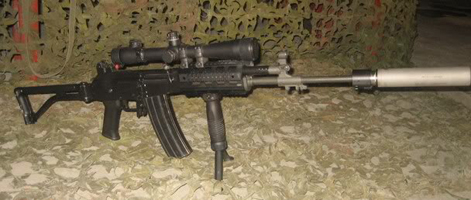
OSINT Resear cher Richard Vereker Updates Russian Tank Losses by Type
In a recent post (link), OSINT analyst Richard Vereker shared updated charts on Russian tank losses categorized by type.

Key Findings:

25% of all recorded losses are of unidentified tank types, significantly complicating statistical accuracy.

No T-90A or T-90S variants have been observed in the field — only T-90M.

Most likely nearly all T-90s have either been upgraded to the T-90M standard or destroyed. the initial pool of them in Russian Forces was not big to begin with.

The T-80 remains the most common Russian tank on the battlefield, though T-72 losses now slightly exceed those of the T-80.

Of all T-80 losses, 70% are the T-80BV (mod. 2022).

Likewise, 70% of all T-72 losses are T-72B3s (mod. 2022).

Older T-72s from 1989 continue to disappear from the battlefield, while losses of even older variants have slightly increased in proportion.

Losses of T-62s have dropped to 10% of total confirmed tank losses.
Russia has either exhausted its stock of T-62s suitable for refurbishment, or that it no longer sees value in reactivating remaining units due to cost-effectiveness concerns.
In general with respect to the T-62 I imagine that it no longer makes much sense in either of its 2 main roles in the past years.
1 - As an artillery weapon, acting relatively close to the line of contact for indirect fire missions.
The presence of drones basically prevents any system from acting so close to the line of contact for extended periods. In addition, the greater number of UAVs of various types, as well as a greater number of artillery systems on the Russian side makes their role unnecessary.
2 - As an assault tank it does not seem to be necessary either.
Right now, great advances are being made, using infantry tactics and speed-focused assaults, such as with motorbikes, rather than heavy assaults.
It is reported by other sources that Russia has 40,000 bodies.



